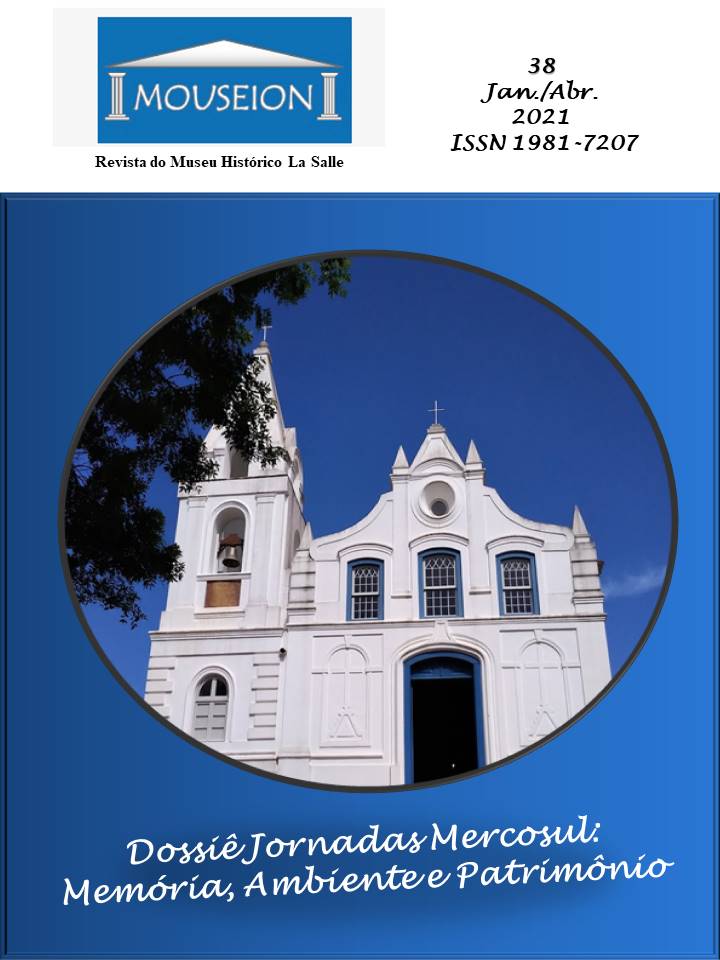Contributions of art and culture to teacher education
DOI:
https://doi.org/10.18316/mouseion.v0i38.8529Keywords:
Art, Culture, Teaching, Teacher, EducationAbstract
The dynamic conjuncture of today’s society requires from education an optimization of practices and theories in the curriculum of undergraduate courses capable of training teachers able to develop in their students the skills and competencies necessary for work and social coexistence in the coming decades. Allied to academic training, it is necessary for the teacher to participate in continuous training that provides subsidies in several areas, which help him in the development of his teaching methodology, since the teacher must always be a student, willing to, in the face of constant technological transformations and social, to re-signify themselves frequently as a learning mediator. From the speech of the singer Anaadi, winner of the Latin Grammy 2018, to a group of the Graduate Program in Social Memory and Cultural Assets La Salle University, about the digitalization of art, reflections are made about the importance of art and the culture for the continuing education of teachers in the municipal system of schools in Esteio. It is in view of this perspective, that this article, part of the author’s Master’s research, is inserted, in order to seek answers to the following question: Artistic and cultural moments provided to teachers in continuing education can contribute to the construction of individual memories and collective? The theoretical basis of this study will be composed about the culture and its relationship with man and his space, memory processes, dialogue based on art and literature and teacher training to expand forms of learning and experiences at school.Downloads
Published
2021-09-08
Issue
Section
Dossiê
License
Authors must submit their manuscripts to be published in this journal agree with the following terms:
Authors maintain the copy rights and concede to the journal the right of first publication, with the paper simultaneously licensed under the License Creative Commons attribution that permits the sharing of the paper with recognition of authorship and initial publication in this journal.
Since the articles are presented in this journal of public access, they are of free use, with their own attributions for educational and non-commercial purposes.


